Today’s blog post is dedicated to the illumination of the elusive creature of the puma (Puma concolor). Equipped with this knowledge we mentally move to the very southern tip of the South American continent, to rugged Patagonia. There is probably the best place worldwide where to observe these fascinating animals in the wild.
A Master of Adaptability
Puma essentially occurs throughout the whole western parts of the Americas, from southern Canada over Central America all the way down to southern Patagonia. Despite their huge geographical range, puma still remains as a quite poorly-known species. However, one thing is certain, its extreme adaptability together with its ability to camouflage in many habitats, have remarkably contributed to its success. Pumas in remote Patagonia
Even though an adult puma has a substancial size, this cat species is a member of the Felinae, a branch of the cat family comprising the small cats group. In principle, they live a solitary existence and meet other individuals only for mating. However, recent findings have revealed that particularly females are quite tolerant with their conspecifics. For example, up to 10 females have been observed sharing the same prey.
Pumas are in essence generalists, having a relatively diverse cast of prey and eating basically whatever they can find and hunt. Out of question though are rotten carcasses. Reptiles are not part of their favorite prey either. Patagonian Pumas, the southernmost race of, preferably feed on Guanacos (Lama guanicoe). Depending on the hunting success and opportunities, also hares, rabbits, foxes and an array of birds need to be on watchful in order not to end up in the cat’s claws.
Hard Shell, Soft Center Pumas in remote Patagonia
Over short distances, pumas are able to run very fast. However, they don’t really like and thus avoid doing so. Hence, their hunting strategy, which has been developed over thousands of years, is based on stalking the prey, followed by a short but intense raid. In this latter, they target the prey’s throat in order to cut through the trachea and thus asphyxiate it.
I find it absolutely fascinating how pumas treat their hunted prey. Once done with the feeding for the time being, they cover it with extraordinary diligence, in order to keep it away from potential competitors. For that purpose, they use grass, moss or thin branches of nearby shrubs, so that finally – if at all – only the prey’s legs peer.

Pumas need a roaming area of some 50 to 1000 km2 (20 to 390 square miles) in order to comply with their natural ways of living. Males claim a much bigger territory than females. Generally speaking, their territoriality and solitary lifestyle limit in a purely natural way the number of individuals which can survive in the long term. Pumas are quite peaceful one with another. They don’t defend their territory with cruel fights, but merely mark it with feces and urine. Among male cats, however, fierce fightings are quite common during mating season.
Pumas are sexually mature at the age of about 2 years. Gestation time is 3 months, before the female gives birth to usually 2 to 4 cubs. At the moment of birth, the cubs are still blind and open their eyes only after some 10 days. A year and a half later, the cubs separate from their mother and henceforth go their own way.
Estancia Laguna Amarga in Patagonia Pumas in remote Patagonia
The Laguna Amarga Ranch with its approximatively 70 km2 (27 square miles) is a direct neighbor of the world famous Torres del Paine Nationalpark in Patagonia, southern Chile. Beyond doubt, this is one of the best places ever to watch pumas in the wild. Until the Estancia got there, however, it had to go through turbulent times and to struggle to its feet more than once.
Turbulent Past
Estancia Laguna Amarga was a member of the Fuegian Livestock Society from 1893 to 1973. This association had been founded in order to stimulate livestock farming in the chilean region of Magallanes, both on the continent and on Tierra del Fuego Island. Shortly after its termination, in the year 1976, Juan Goic and his wife bought the Estancia and went on running the sheep farming independently.
This activity has never been easy in Patagonia. There have been pumas ever since and depending on their natural food resources, they have killed one or another sheep. It was therefore common practice until the very recent past (and even goes on happening in certain places nowadays), that landowners hunted and killed pumas. Overall, however, the Goic’s sheep farming went pretty well. Pumas in remote Patagonia
Until in 1995, when the so-called White Earthquake occurred. Extraordinarily intense snowfalls covered big parts of Patagonia with a thick white layer. As an immediate consequence of this event, about a fourth of all sheep and a fifth of all cattle died, mostly due to lack of food.
Estancia Laguna Amarga didn’t escape it, either. The “Terremoto Blanco” erased 80 % of all her sheep. Thanks to their perseverance and with a lot of patience, the Goic’s picked back up and went on raising sheep, although with much fewer animals than before.
10 years later, in 2005, the next misfortune visited the area. A human-made bush fire with its origin in the nearby Nationalpark destroyed a total of 150 km2 of land and vegetation. 20 km2 of the affected area belong to the Estancia Laguna Amarga. Fortunately no buildings were harmed. However, the damage on vegetation was huge.
Ideal Conditions for Pumas and Visitors
Yet, why do I tell you all this? Well, these two mayor events codetermined remarkably the Estancia’s destiny. Firstly and basically due to to the White Earthquake, there has only been extensive livestock farming in this area for almost a quarter of a century. This reduces possible confrontations between pumas and sheep (or rather the farmers). Furthermore, the Estancia’s topography is an important element for pumas while choosing their territory. There are hills as well as valleys and plains. Moreover, there are several lagoons and a direct access to the big Lake Sarmiento. Further factors like the very limited human presence (unlike e.g. the bordering Nationalpark) and the rich food supply complete the ideal conditions for pumas. According to the landowner, there are between 25 and 30 individuals which are regularly seen in the Estancia’s perimeter.
In addition, grassland dominates the area. Bushes or even trees are almost completely absent due to the 2005 forrest fire. Needless to say that this facilitates enormously locating and observing pumas.
Respectful, Together and Sustainable
The two sisters Daneska y Dania, daughters of the Estancia owner Juan, currently manage the puma observation and conservation on Estancia Laguna Amarga. They therefore created La Leona Amarga Expeditions. While conversing with Dania, she mentions again and again what a huge privilege puma observation in the wild is to her. These elegant cats impress her. She appreciates a lot the possibility of seeing them in their natural habitat and watching them in a responsible way. Thus there’s no surprise, that Leona Amarga bases all its activities on fundamental values such as respect, coexistence, sustainability, security of all the participants and privacy for the animals. Pumas in remote Patagonia
Asked about her most impactful experience with a puma, Dania reflects a moment. Then she says, that nature doesn’t stop surprising her. Every day is different than the one before and the one after; the sighted individuals, their behavior, the light, the weather etc. Actually, this is already impressive enough. However, if she needs to be a bit more precise nevertheless: Observing for the first time a dominant male puma is probably one of the most compelling moments ever. His sheer size, the intense coloring of his fur, his radiation, his might.
Puma Observation in rugged Patagonia
Especially in summer, the puma observation on Estancia Laguna Amarga starts very early. To wit, the pumas are most active at crepuscule. They benefit from the fact that their main prey (here it’s the guanaco) has reduced vision at few light. At 51° southern latitude, this means that we have to be in the terrain at around 5:30am at the latest. At this time, the trackers are already at work. Based on their experience and latest findings, we, too, start our quest for these elegant cats.
In a first step, we stick to the road and scan meticulously the terrain by means of binoculars. This stage may last for quite some time and thus require from the guests a good portion of patience. It’s therefore essential that they are aware that puma observation is an activity at which the animals in the wild are the main actors. The Estancia’s got a surface of roughly 70 km2 (27 square miles). As a result, there is a lot of space where the pumas potentially may linger at a given moment. Besides that, their fur coloring is excellently adapted to the environment, what doesn’t simplify the locating.
But all of a sudden arrives the great moment. The experience of seeing a puma in his natural habitat with all his peculiarities is simply breathtaking. It’s even more impactful after a laborious quest. And besides that, the “puma-free” time is by no means lost time. The landscape is gorgeous and invites to enjoy and take pictures. The deep blue Lake Sarmiento, the impressive Paine massif and the countless hills, covered by a varied steppe vegetation, set every guest’s heart aflutter.
It’s very important to respect the puma’s privacy. Neither he nor any other animals shall be disturbed or distracted. Furthermore, the security of all the involved parties is an absolutely crucial aspect. The puma observation therefore takes always place from a responsible distance. After a certain time, we leave the site, even though the animal is still in our field of vision. For the same reason, we also quit the Estancia after about three hours in the field. We come back in the evening for a second puma observation session.
At any Time of the Year
Puma observation can take place all year round. The animals are there all the time and about equally active. The selection of the ideal moment for a puma trip therefore depends particularly on the visitor’s preferences and desires. Do you prefer the summer with its very long days and somehow more comfortable temperatures? There are furthermore good chances to see small cubs. In this season, however, there is much more wind and the field sessions start very early and finish late. Would you like to travel in winter, in order to benefit from the great light conditions and possibly see a puma in the snow? Are you interested in the spring with its splendor of flowers in full bloom? Would you like to experience the Patagonian autumn with its warm light and the colorful foliage?
Backdrop for Documentaries
Estancia Laguna Amarga and the adjacent Torres del Paine Nationalpark have been selected by several renowned film crews as a shooting location for their documentary about pumas. The most prestigious ones were on behalf of National Geographic and, recently, of BBC. Pumas in remote Patagonia
A purposeful and carefully cultivated collaboration with medias is essential for the Estancia. It helps to consolidate its conservation efforts and to provide them a broad support. Such spectacular recordings of pumas in their natural habitat and most intimate everyday life don’t let anyone untouched. The importance of leaving the area and its inhabitants as unaffected as possible gets more visible. Doubtlessly, the spectator’s consciousness about the subject grows gradually with the increasing knowledge.
Let’s hope that also other Estancias in Patagonia – on both Chilean and Argentinian territory – get inspired by this courageous example of Laguna Amarga and go with it.
Sheepfarming or Pumas? – Sheepfarming AND Pumas!
Oh, and what about the experiences of Laguna Amarga concerning the compatibility of sheep farming with pumas on one and the same Estancia? Key elements are undoubtedly the respect for nature and generally the willingness to allow a togetherness of both species. The realization then probably starts by reducing the farming intensity. Small herds mean less stress to the soil and need less food than herds of several thousand animals. It is therefore possible that guanacos live on the same Estancia, without anyone suddenly getting short of food. If there are sufficient guanacos in a certain area, the sheep can be more reassured. To wit, the puma’s main prey is the guanaco, an inhabitant of this area all along. The sheep were introduced by humans much later and are only alternative prey. And last but not least, there are well trained livestock guardian dogs in order to provide additional security to both sheep and their owners.
Book recommendation:
Jim Williams et al.: Path of the Puma. The Remarkable Resilience of the Mountain Lion. Canada, 2018.



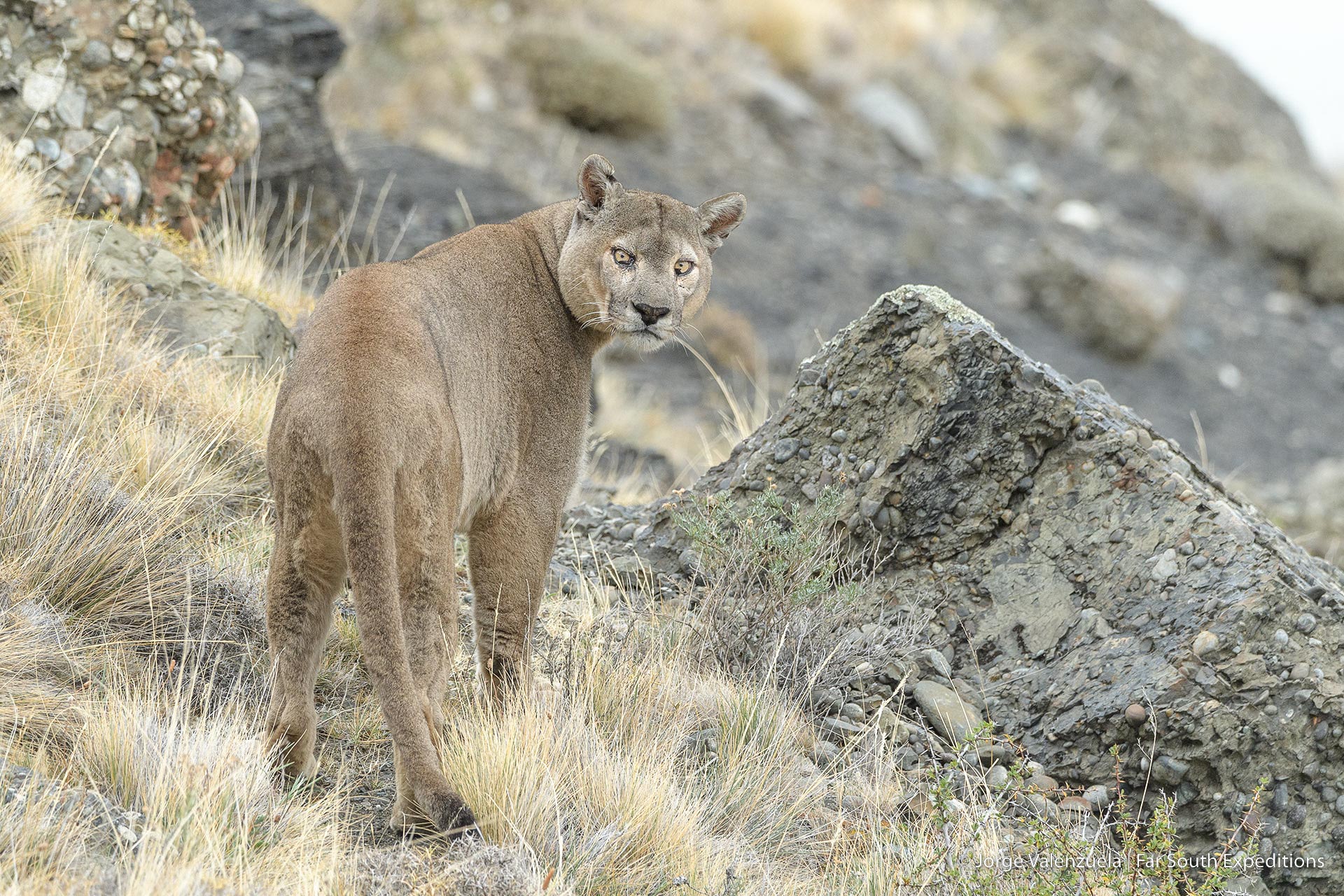
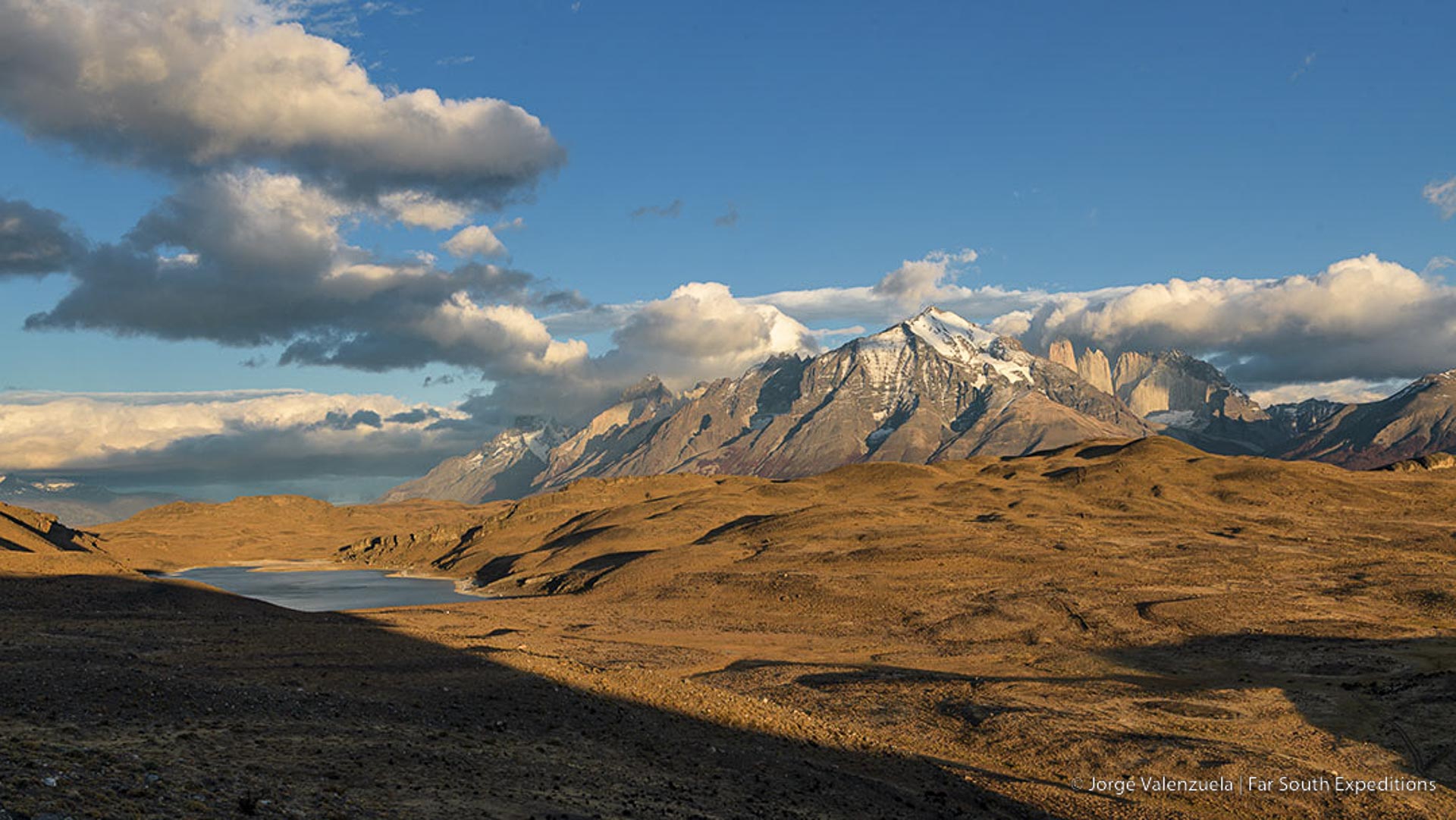
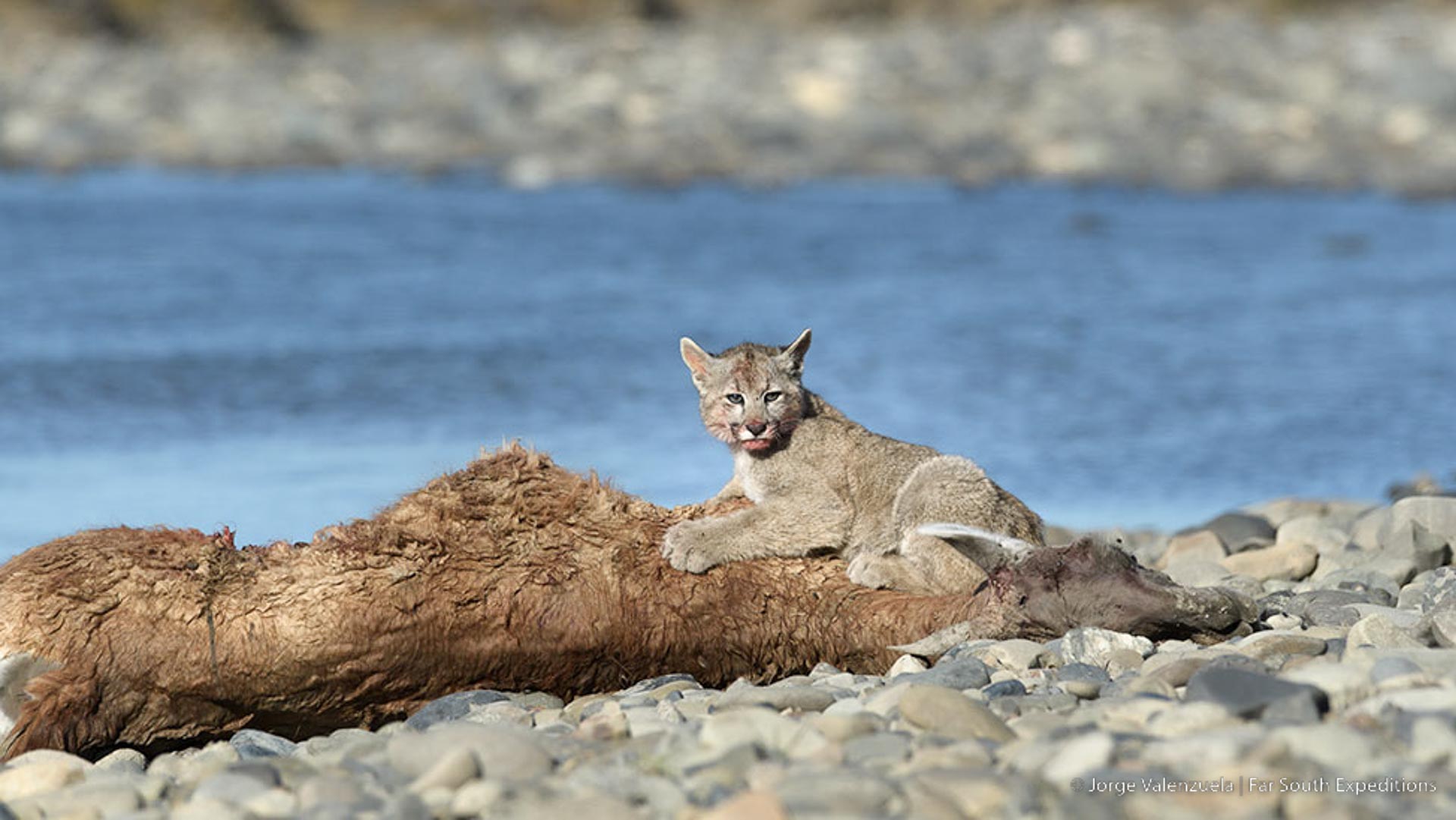
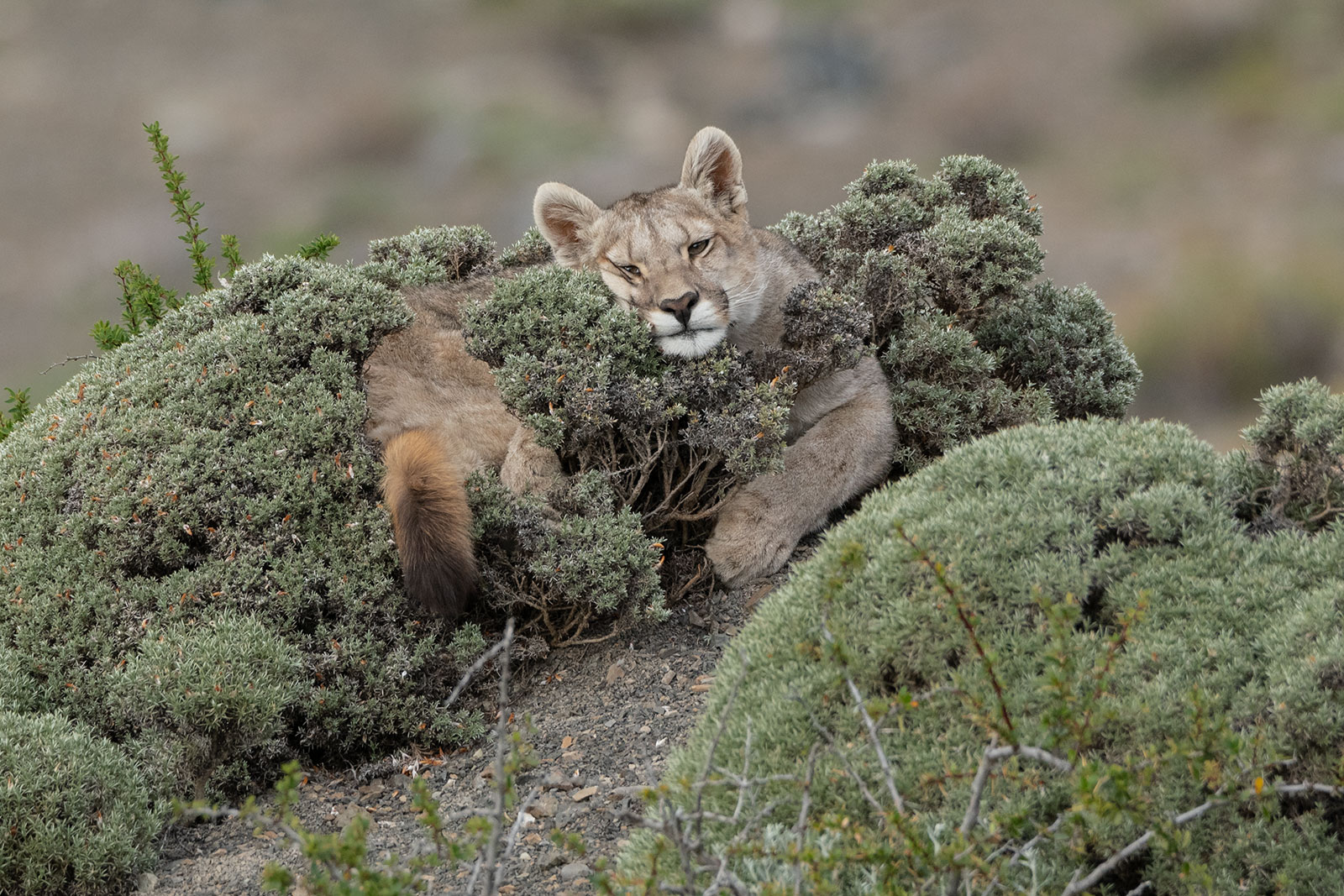
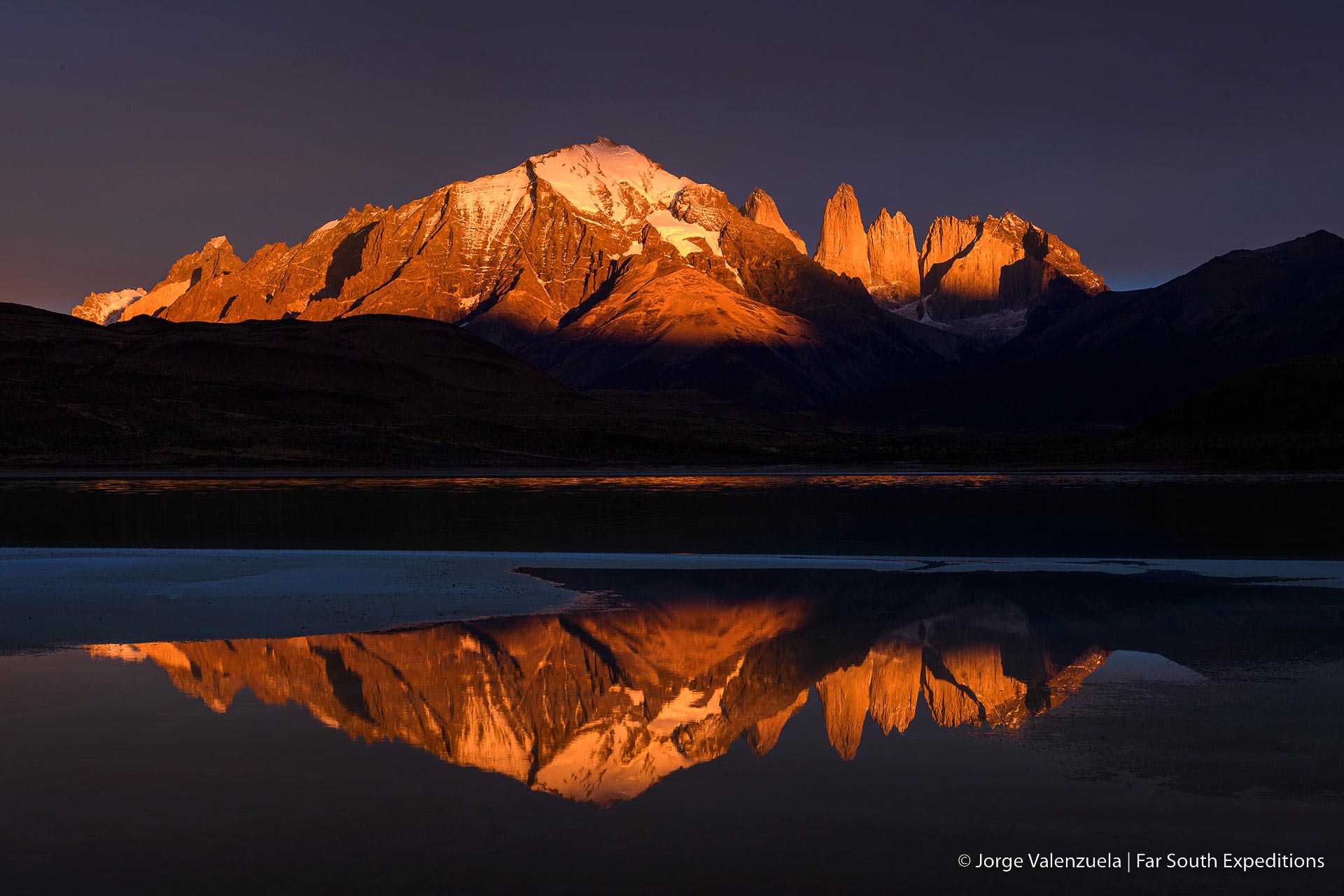
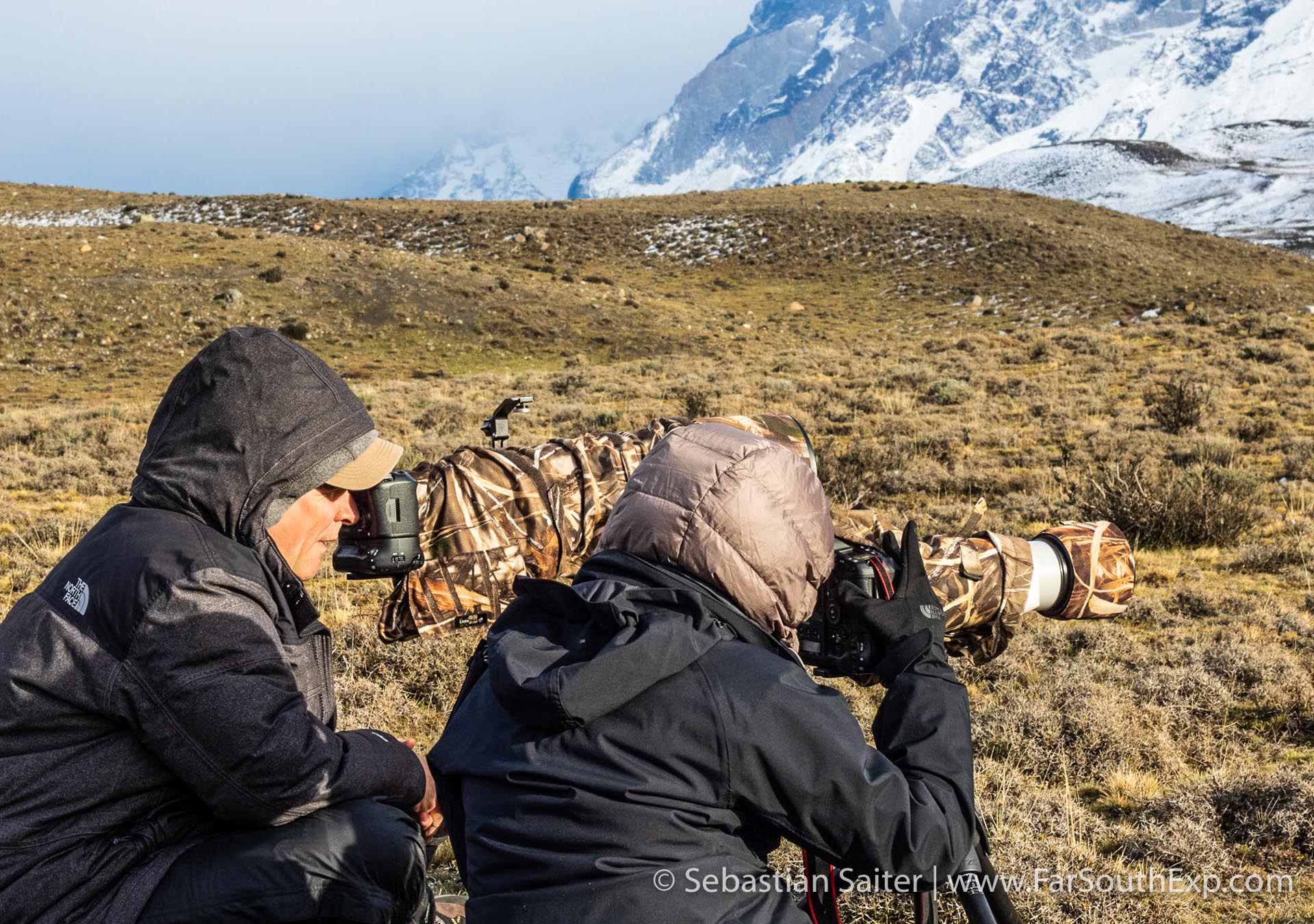
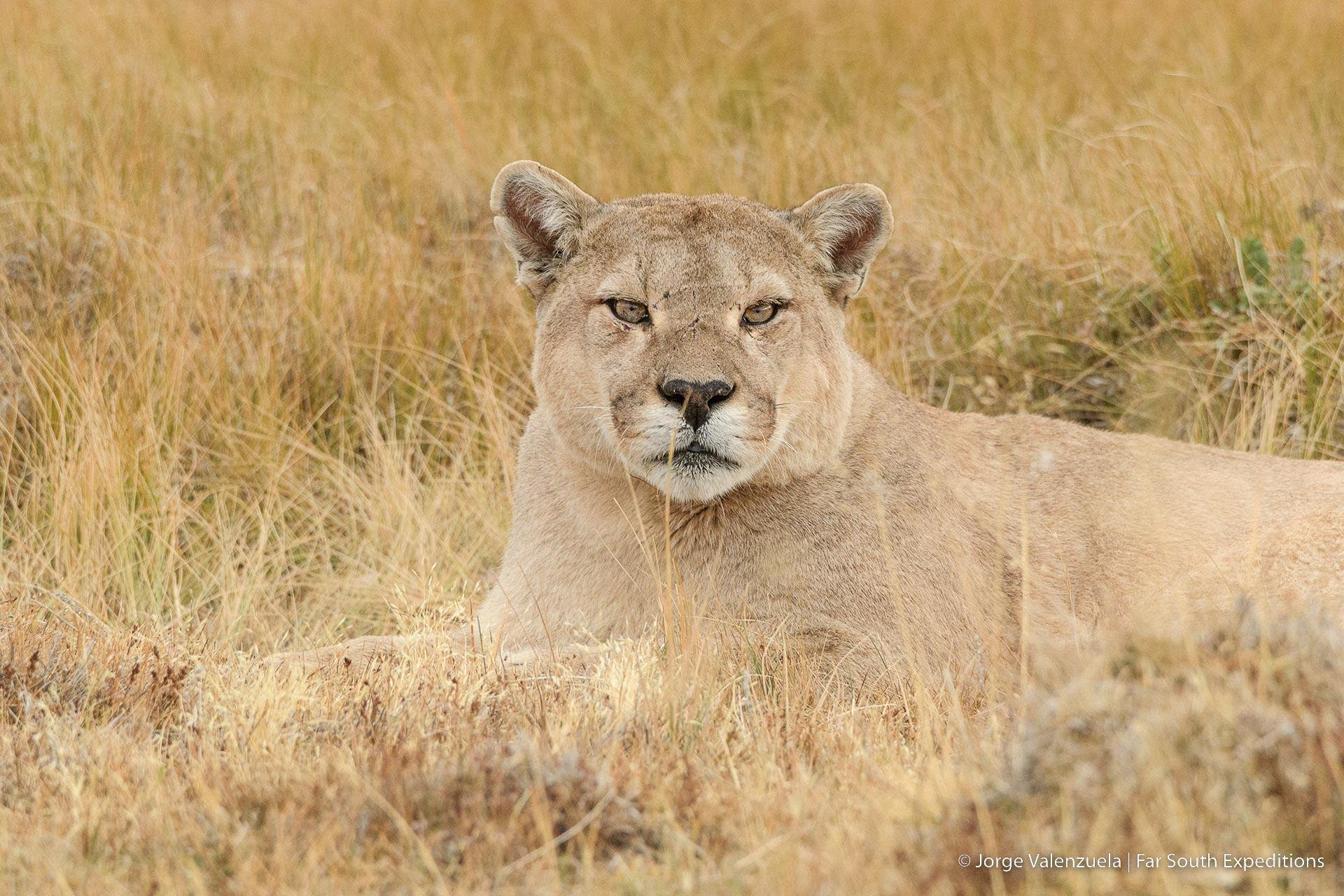
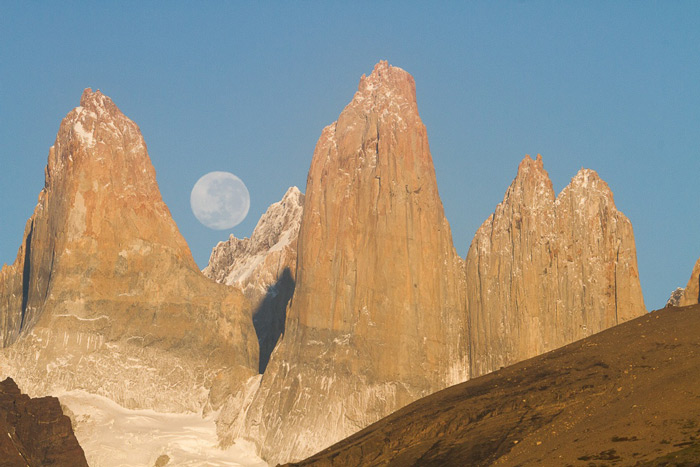
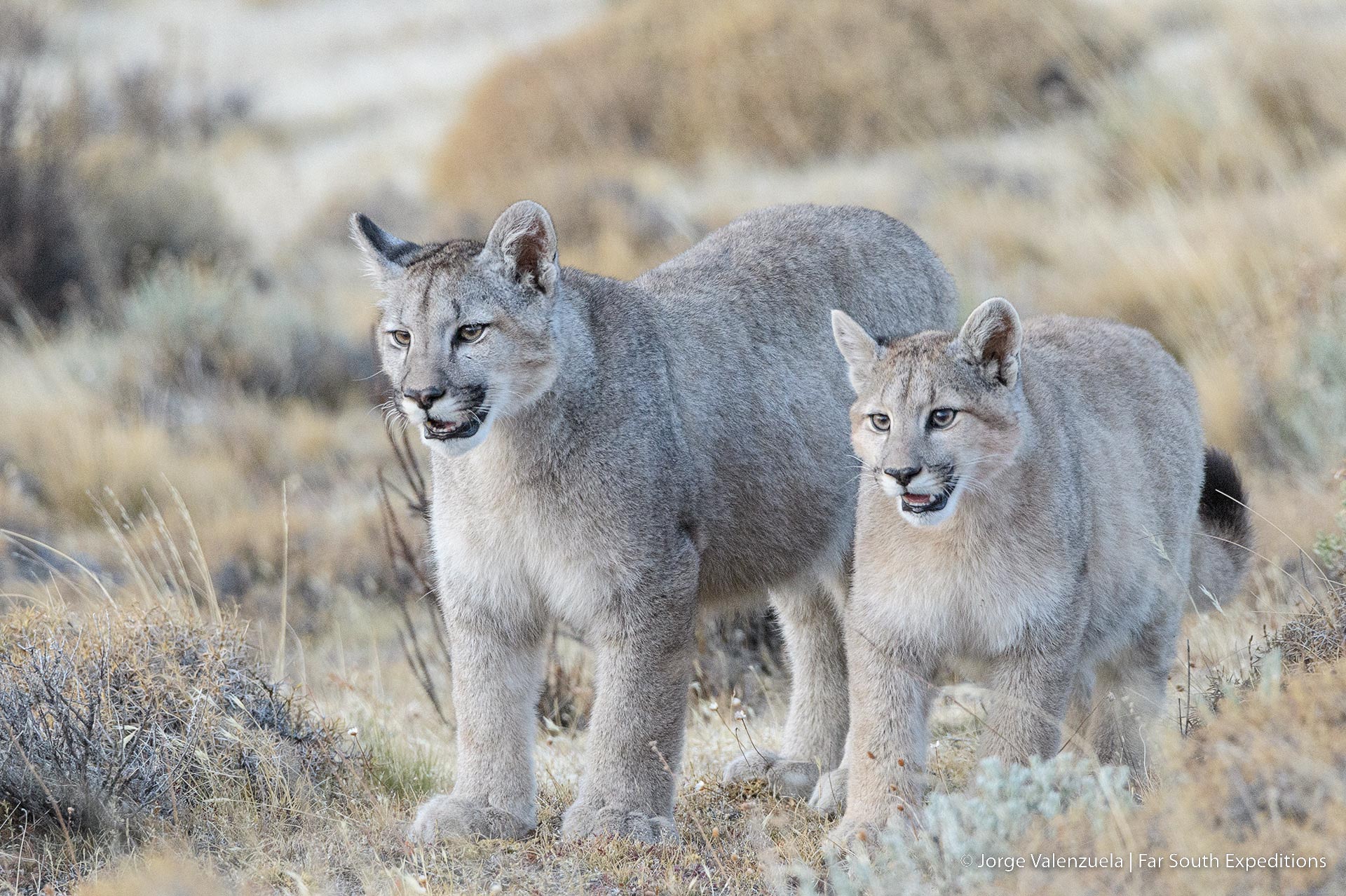
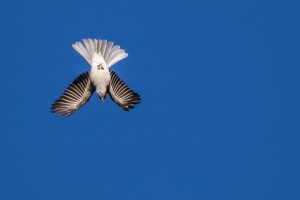

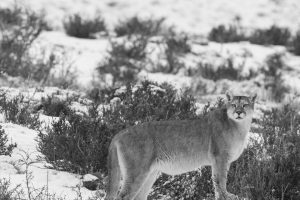
Leave a Reply
Your email is safe with us.